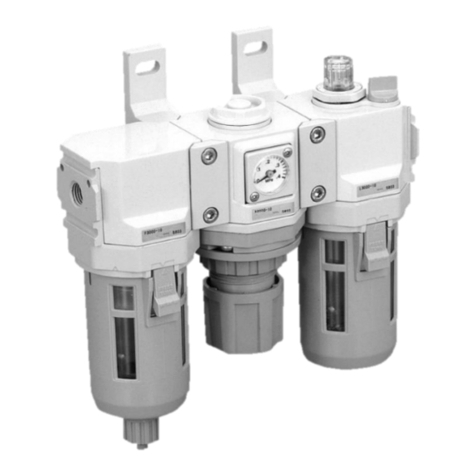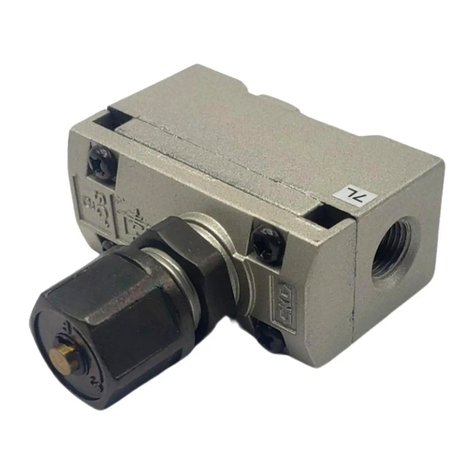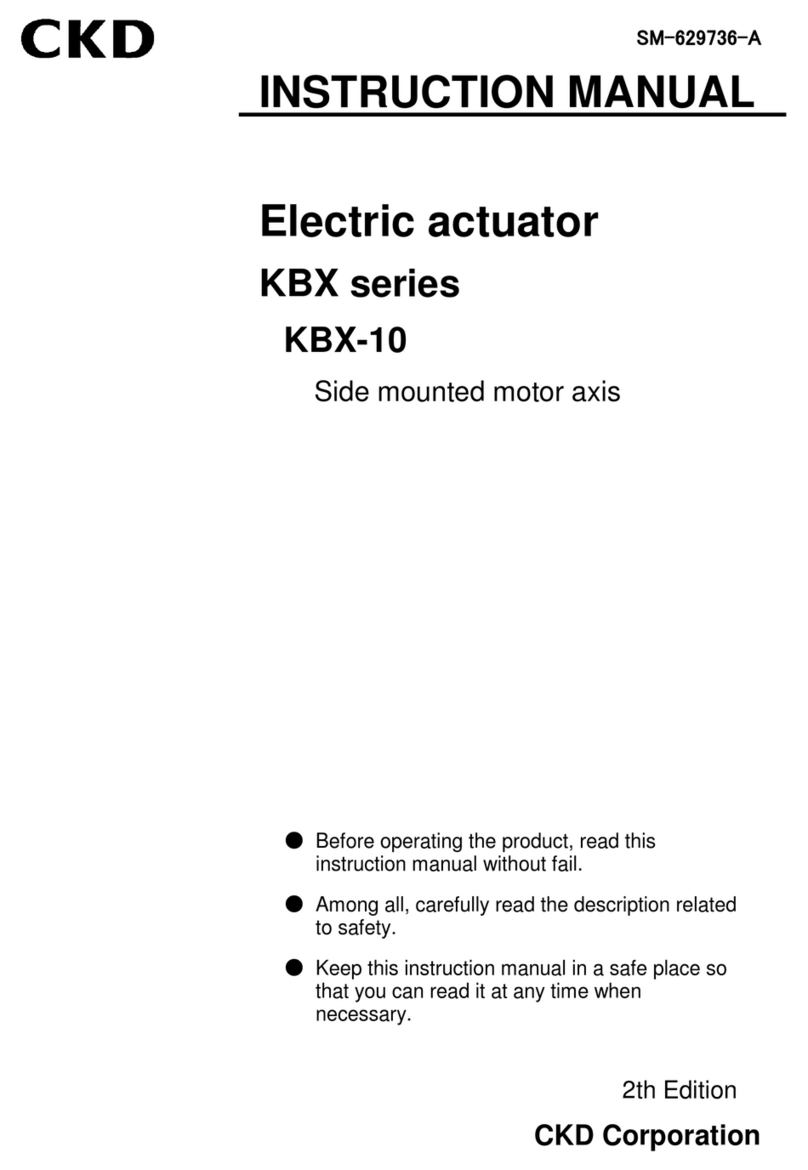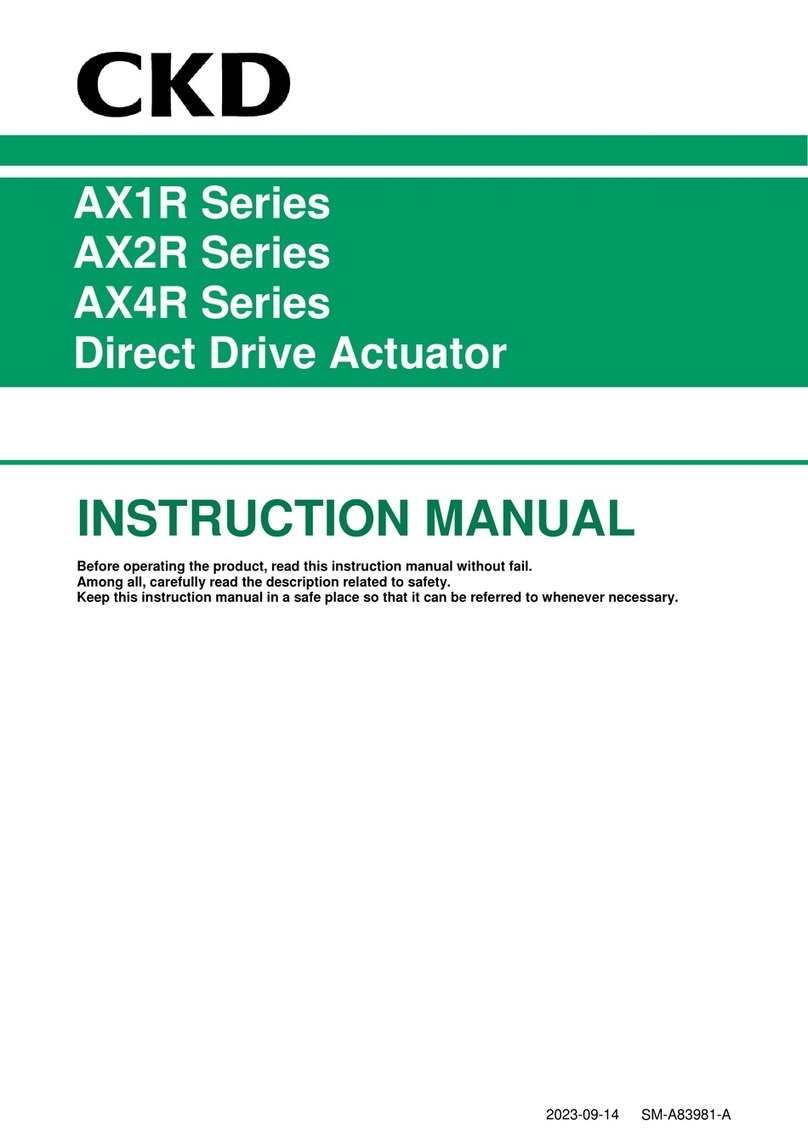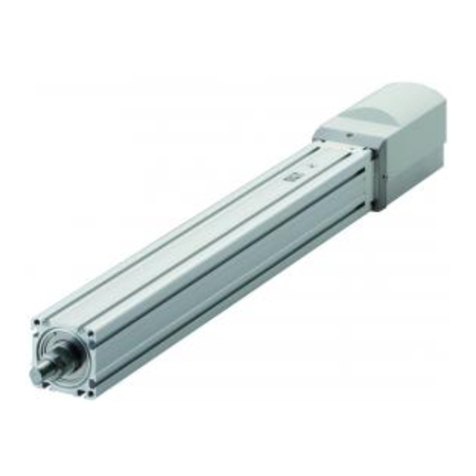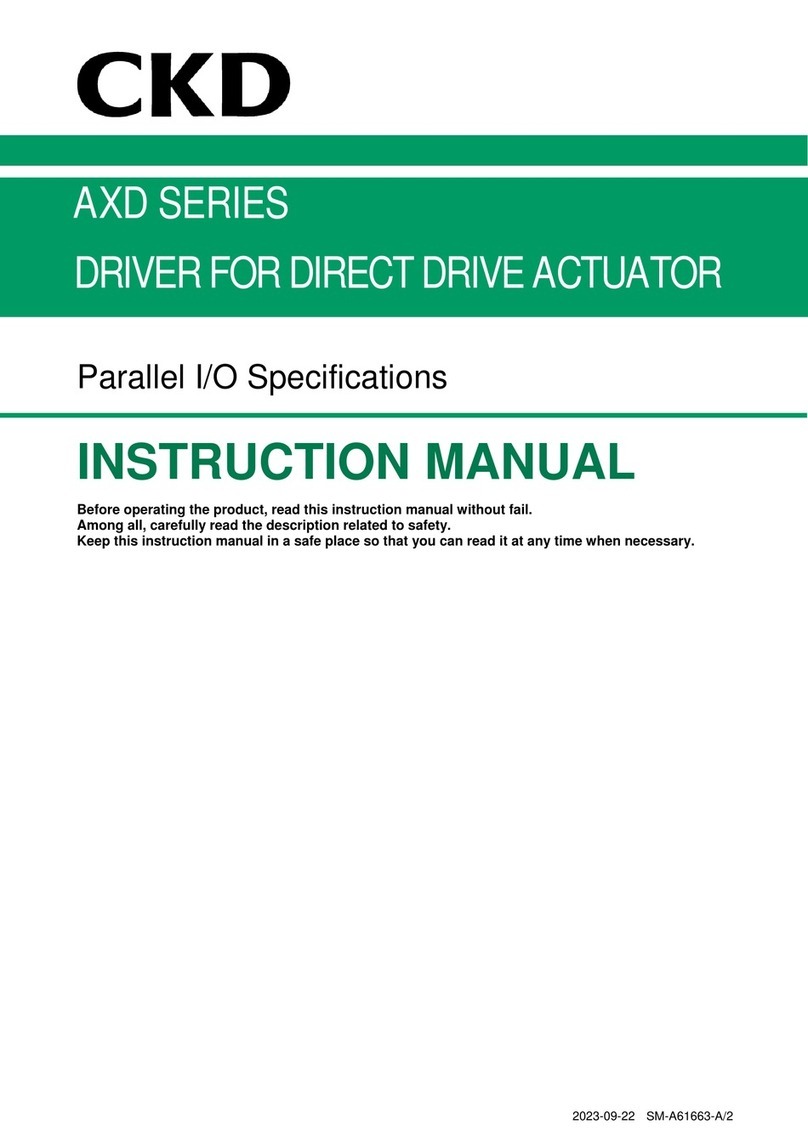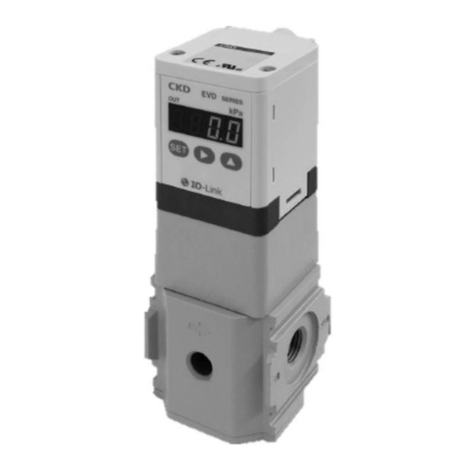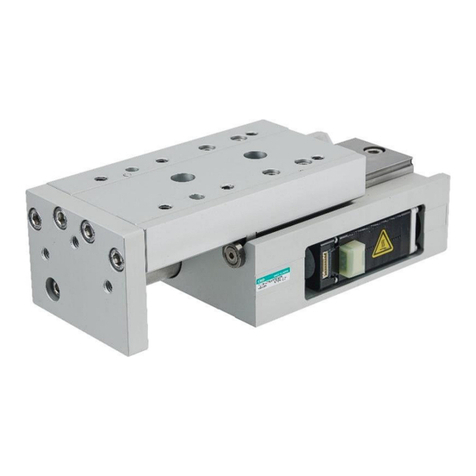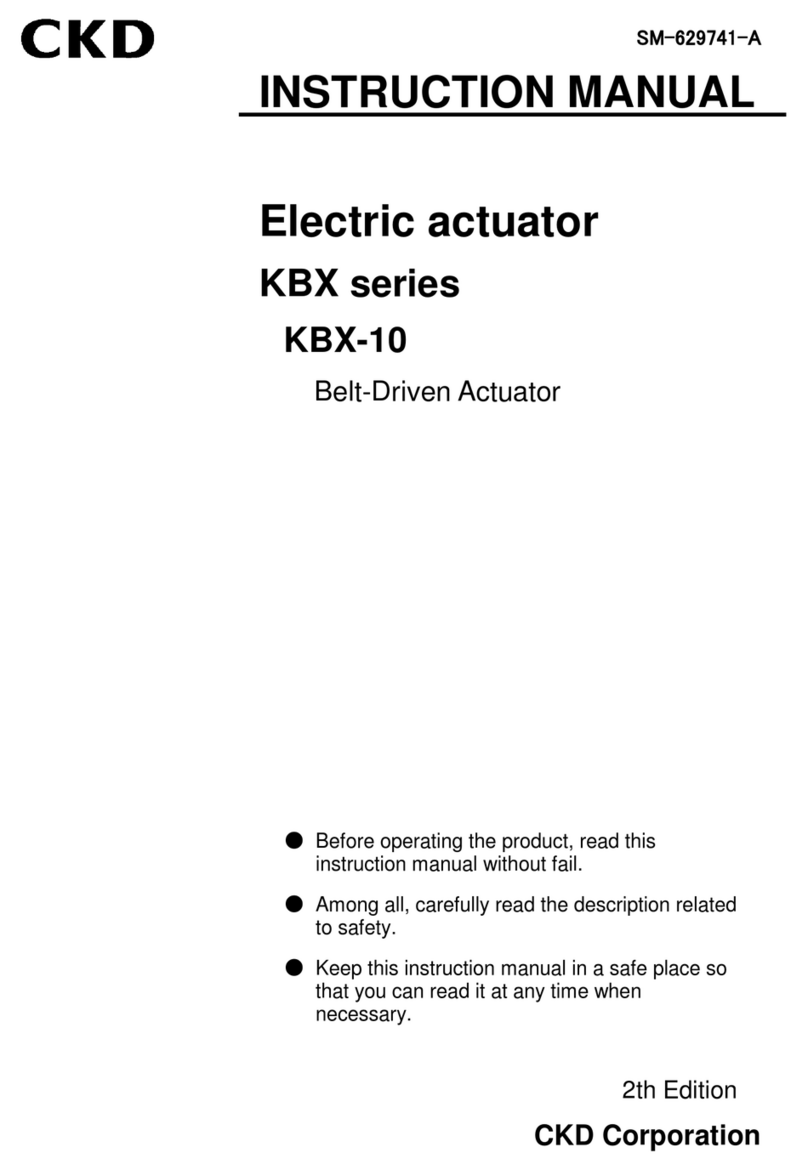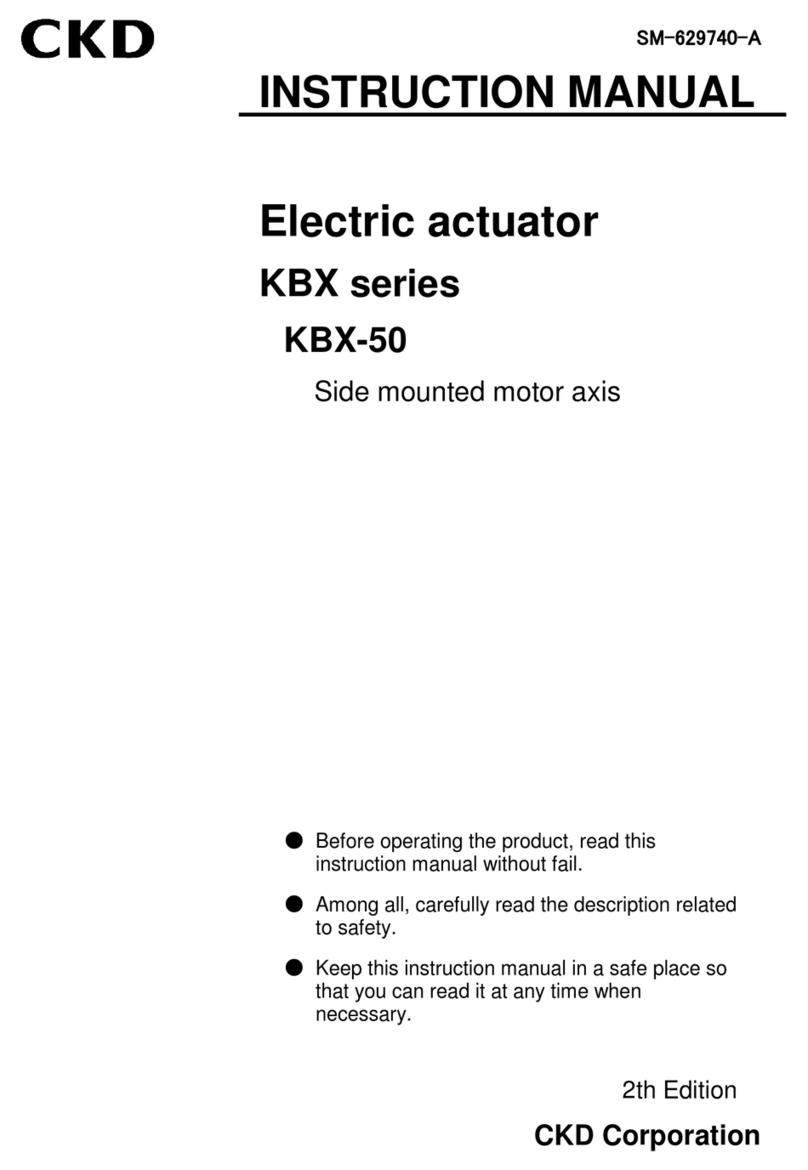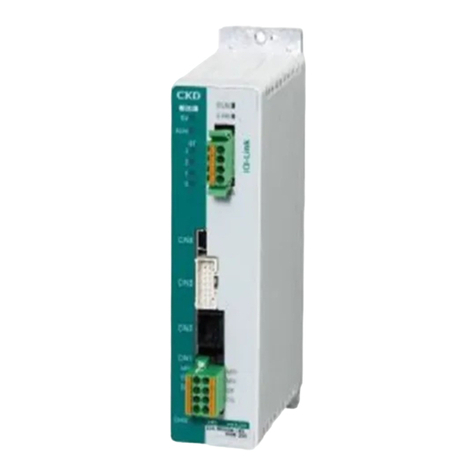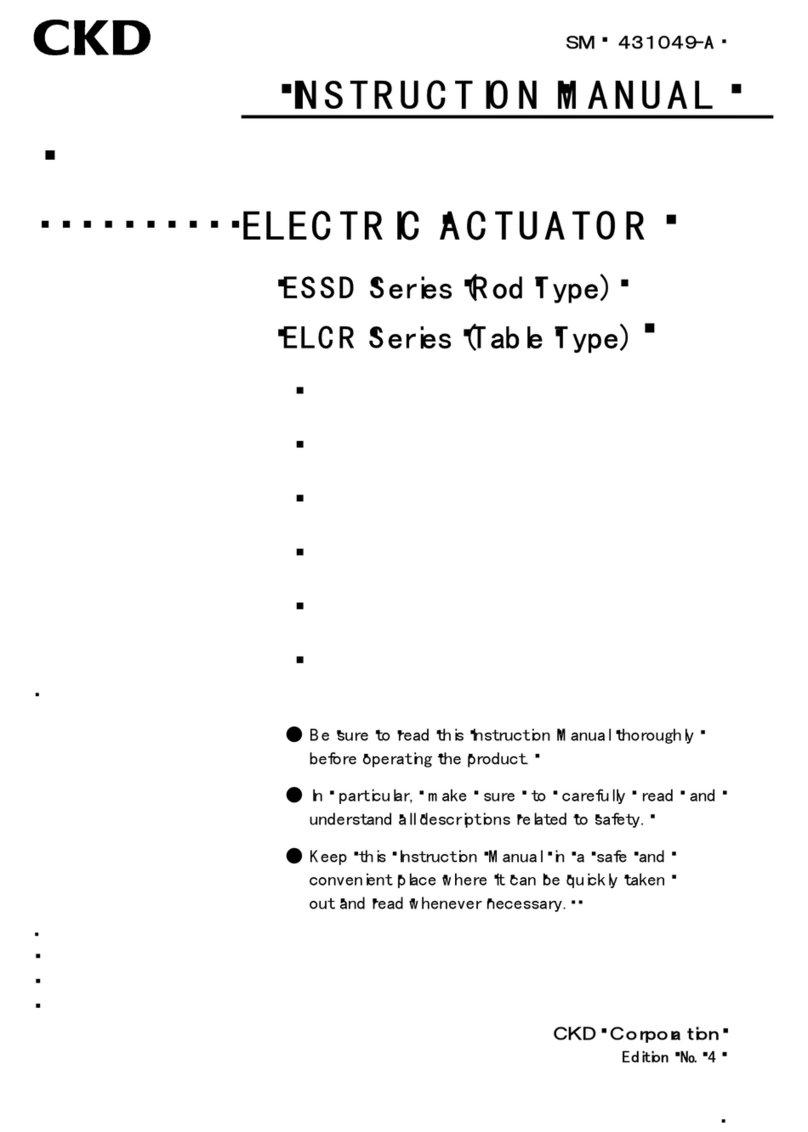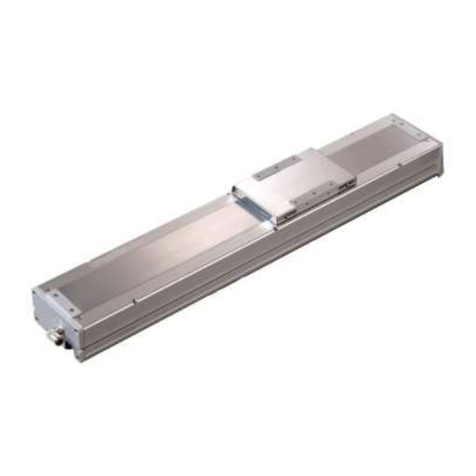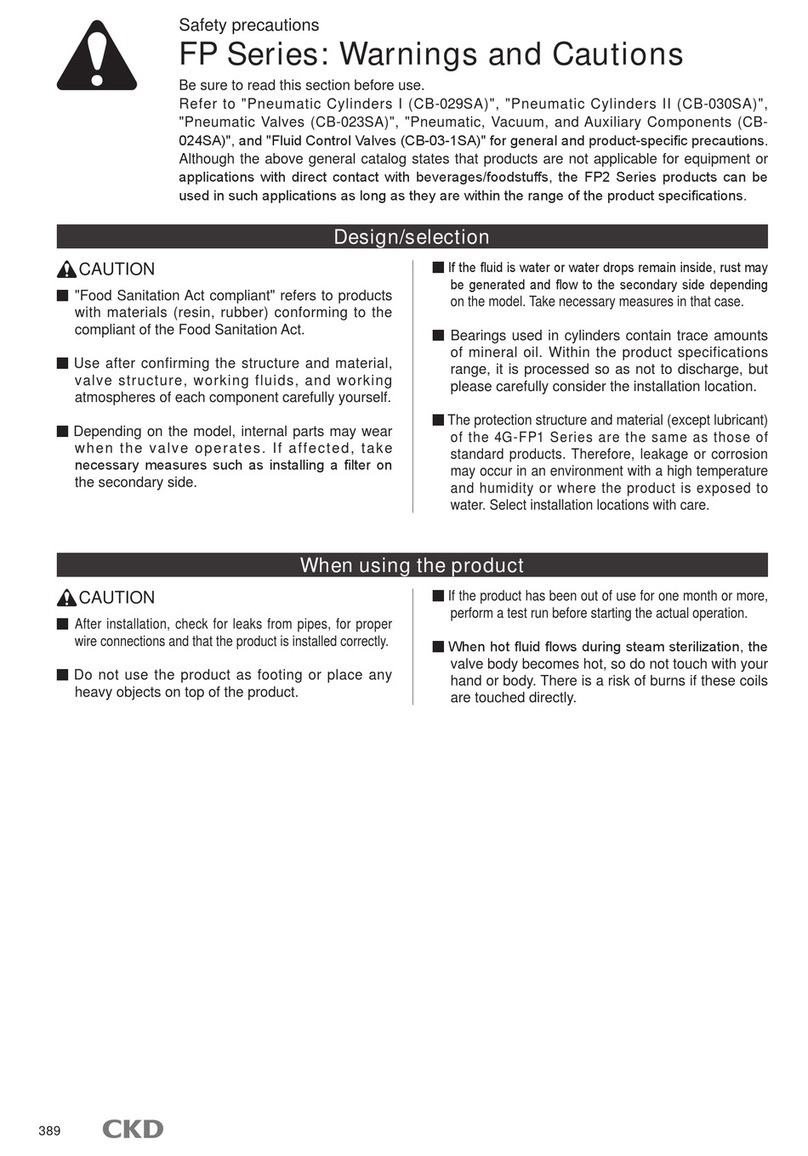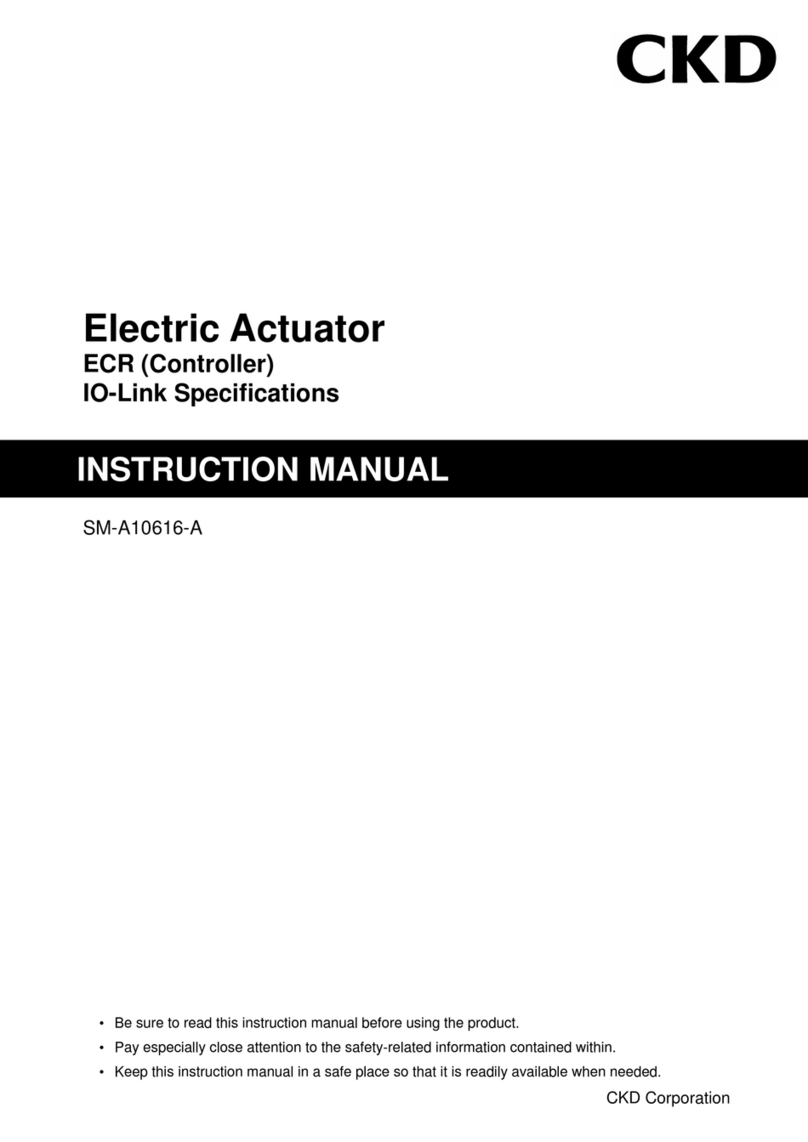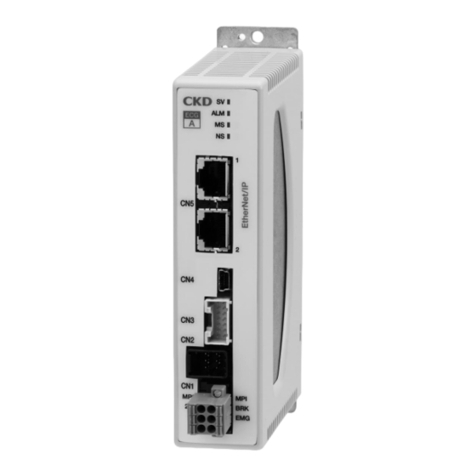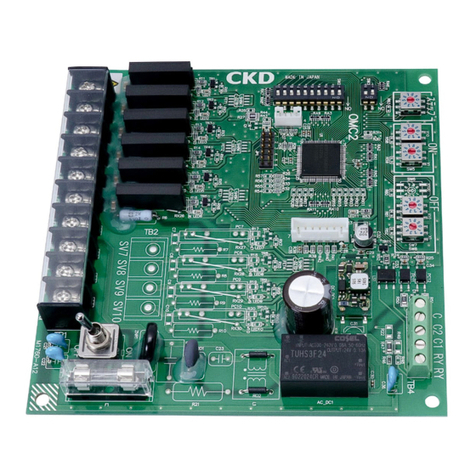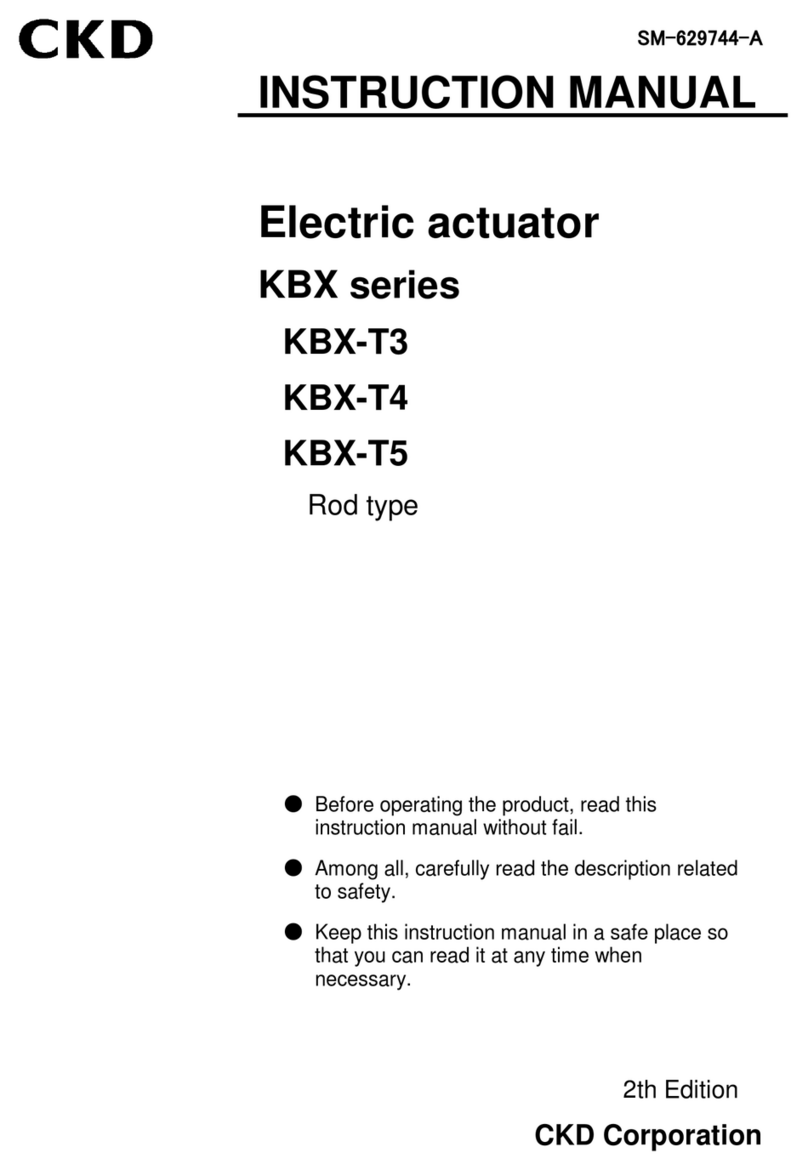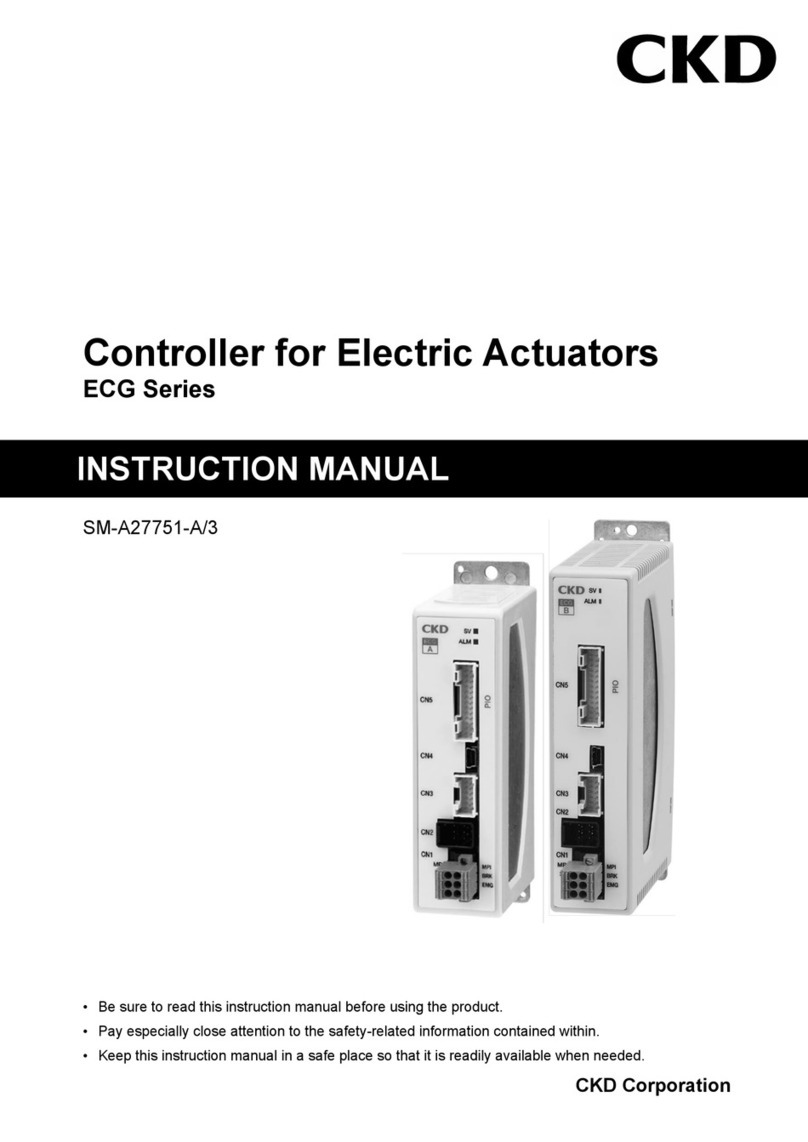
3
Chapter 3 Parameter Settings .......................................................................................53
■3.1 Entering and Exiting the PARA Mode.................................................................................... 53
■3.2 Mode Setting.......................................................................................................................... 54
■3.2.1 M01 (T/P Japanese/English switching)............................................................................. 55
■3.2.2 M13 (OUT2 Function Selection) ....................................................................................... 55
■3.3 Parameter 1 ........................................................................................................................... 56
■3.3.1 P01 (+ Software limit) ....................................................................................................... 57
■3.3.2 P02 (- Software limit) ........................................................................................................ 57
■3.3.3 P03 (Servo Gain (Position)).............................................................................................. 58
■3.3.4 P04 (Servo Gain (Speed)) ................................................................................................ 58
■3.3.5 P05 (Origin Offset) ............................................................................................................ 59
■3.3.6 P06 (Jog Speed (Low))..................................................................................................... 60
■3.3.7 P07 (Jog Speed (High)) .................................................................................................... 60
■3.3.8 P08 (Jog Inching Value) ................................................................................................... 60
■3.4 Parameter 2 ........................................................................................................................... 61
■3.4.1 K01 (Axis Display)............................................................................................................. 63
■3.4.2 K02 (In-position Data)....................................................................................................... 63
■3.4.3 K03 (Overflow Data) ......................................................................................................... 64
■3.4.4 K04 (Rotation Direction).................................................................................................... 64
■3.4.5 K05 (Maximum Speed) ..................................................................................................... 65
■3.4.6 K06 (Low return home speed) .......................................................................................... 65
■3.4.7 K07 (Middle return home speed) ...................................................................................... 66
■3.4.8 K08 (High return home speed) ......................................................................................... 66
■3.4.9 K09 (Return home method) .............................................................................................. 68
■3.4.10 K10 (Home Sensor Logic) ................................................................................................ 69
■3.4.11 K11 (Fast return home target) .......................................................................................... 69
■3.4.12 K12 (Lead) ........................................................................................................................ 70
■3.4.13 K13 (Number of Sensor Divisions) ................................................................................... 70
■3.4.14 K14 (Multiplier).................................................................................................................. 71
■3.4.15 K15 (Sensor Type)............................................................................................................ 71
■3.5 Tables .................................................................................................................................... 72
■3.5.1 T01 (Point Table) .............................................................................................................. 73
■3.5.2 T02 (Speed Table) ............................................................................................................ 84
■3.5.3 T03 (Acceleration/Deceleration Table) ............................................................................. 85
■3.5.4 T04 (Torque Limit Table) .................................................................................................. 86
■3.5.5 T05 (Area Output Table)................................................................................................... 88
Chapter 4 Connection with External Devices ................................................................92
■4.1 Input/Output Signals .............................................................................................................. 92
■4.1.1 Input/output connector (CN4) signal names and pin numbers ......................................... 92
■4.1.2 Emergency stop input ....................................................................................................... 93
■4.1.3 System input ..................................................................................................................... 93
■4.1.4 System output ...................................................................................................................94
■4.1.5 Input/Output signal connection example........................................................................... 95
■4.2 System Input/Output Signals ................................................................................................. 96
■4.2.1 Start input (IN1)................................................................................................................. 96
■4.2.2 Stop input (IN2)................................................................................................................. 96
■4.2.3 Servo on input (IN3).......................................................................................................... 96
■4.2.4 Error reset input (IN5) ....................................................................................................... 98
